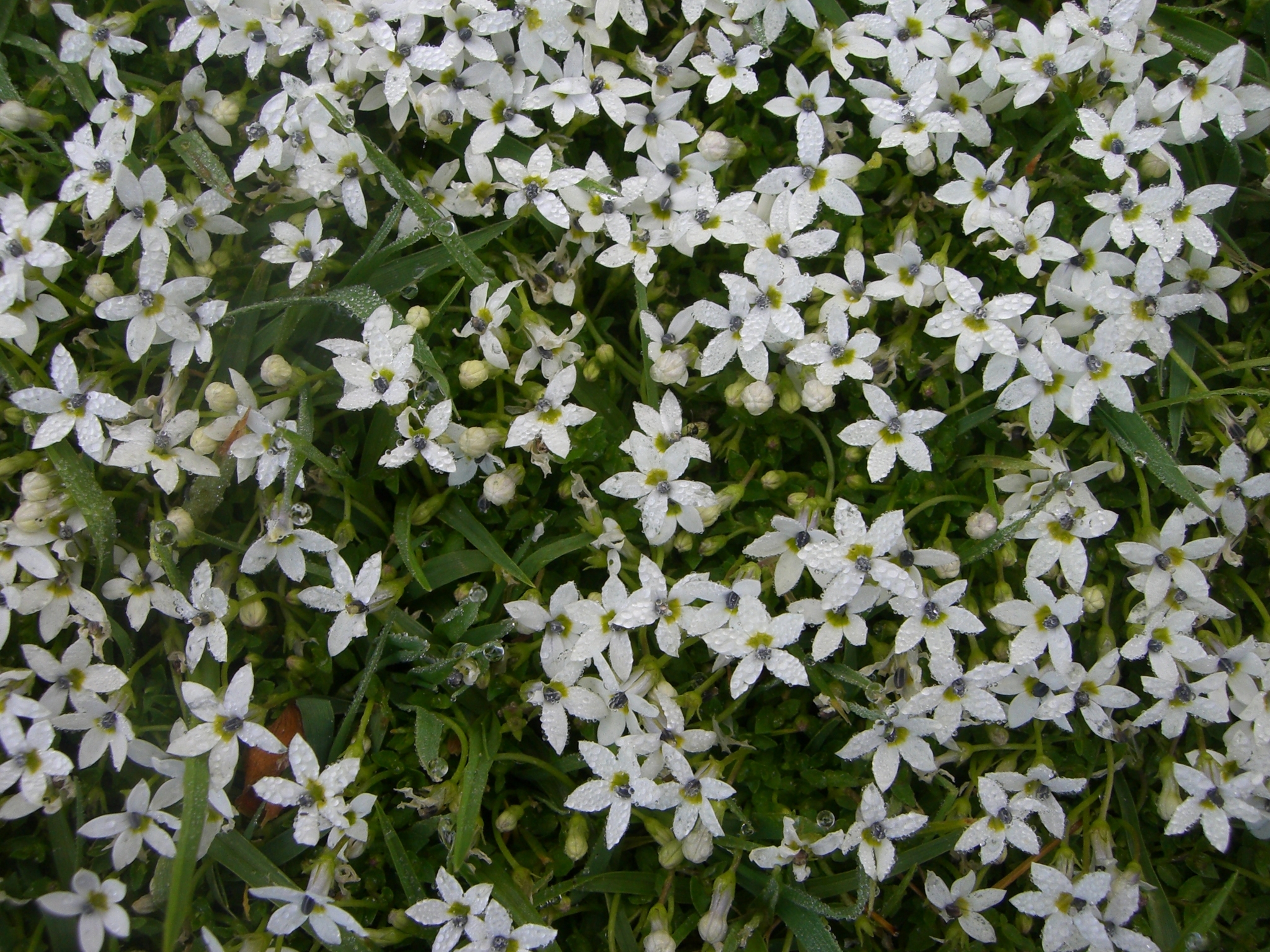
Commemorating Mathias de Lobel (1538–1616), physician to William of Orange and then botanist to James I of England.
Annual or perennial herbs. Leaves alternate, toothed, occasionally lobed or entire. Flower clusters terminal, racemose or cymose, occasionally solitary. Flowers unisexual. Calyx forming a short tube. Corolla cut almost to the base on the upper side, 2-lipped, the upper pair of lobes generally shorter than the lower 3. Stamens fused to the corolla at the base. Ovary 2-chambered. Fruit a capsule splitting with 2 valves.
A variable genus both in general habit and climatic tolerance. Garden plants hybridise readily.They are grown mostly in the border for the spires of brightly coloured flowers and basal leaf rosettes. There are several large, felted-leaf species. L. erinus is an extremely popular annual bedding and basket plant. L. laxiflora Humb., Bonpl. & Kunth from Arizona, Mexico and Colombia has distinctive, pendulous, long-stalked, red and yellow flowers in summer. L. siphilitica L., Great Lobelia (Blue Cardinal Flower), from E USA has blue flowers, but is also available as the white cultivar, 'Alba'. These are raspy-haired perennials. Leaves oblong-obovate, long-pointed and stalkless. Flowers about 3 cm long, red to purple. Available as a range of hybrids bred by Canadian,Wray Bowden. L. ×speciosa Sweet is a hairy perennial with stalkless leaves and purplish flowers about 3 cm long. L. tupa L. from Chile grows to 2 m tall with large velvety leaves to 30 cm long and orange-red flowers in late summer to autumn.
Seed.
L. inflata is a source of alkaloids used in the treatment of asthma and whooping cough; L. siphilitica extract is used locally to treat venereal diseases.
Flowers 2-lipped, cut almost to the base; fruit dehiscing by valves.
More than 300 species, cosmopolitan, but mainly tropical and subtropical areas of N America, S Africa and Australia. Australia has about 20 native species.
Wilbur (1991).
As the range of available species varies considerably a key is not included.
Source: (2002). Campanulaceae. In: . Horticultural Flora of South-eastern Australia. Volume 4. Flowering plants. Dicotyledons. Part 3. The identification of garden and cultivated plants. University of New South Wales Press.
